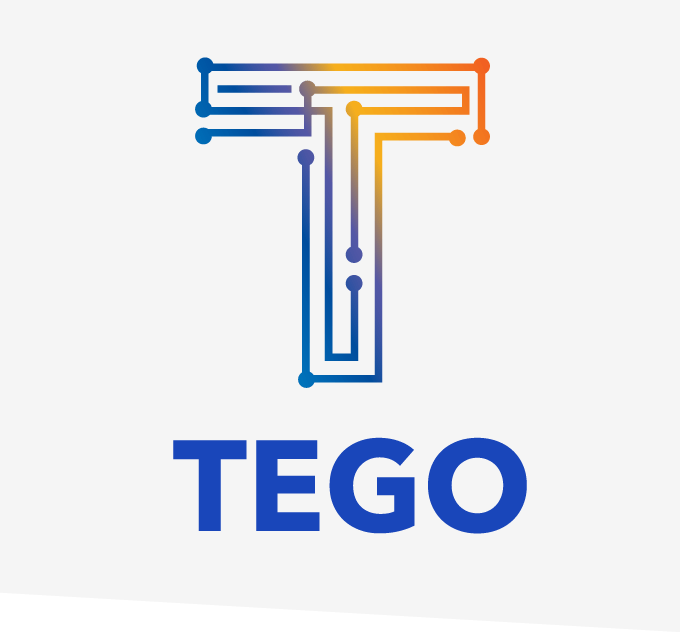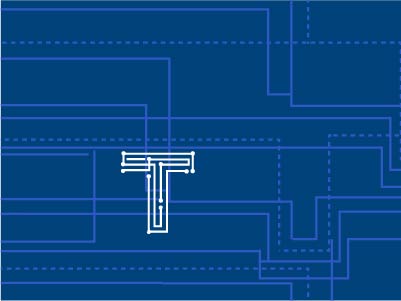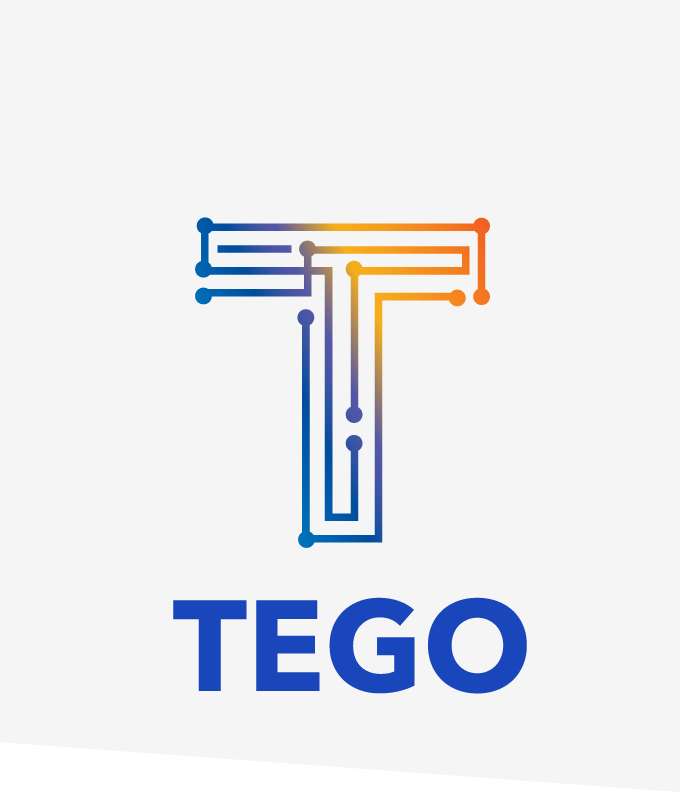“The tags are designed for rugged environments and sustain temperatures that can vary widely from sub-freezing to gamma and electronic beam sterilization.”
Tego’s VP of Marketing LaVerne Cerfolio sat down with Claire Swedberg at this year’s RFID Journal Live to discuss our new, sterilization-proof solution for touchless environmental monitoring in pharmaceutical manufacturing facilities.
Tego continues to redefine RFID for high-value use cases.
RFID platform solution provider Tego, Inc. has released an RFID-based solution for tracking environmental-monitoring components to manage the presence of contaminants in places where vaccines or medications are being made. The Touchless Environmental Monitoring Solution is aimed at providing a history of each component and its chain of custody to better manage use and location, as well as what items or products were located around it in the event of a contamination. Items being tracked include agar exposure plates, cleanroom airflow monitoring filters, finished drug components, and raw materials and components used to monitor the environment.
Tego’s environmental-monitoring solution includes a passive ultrahigh-frequency UHF RFID tag that stores data written directly to it, as well as fixed or handheld readers from a variety of vendors, and Tego’s Asset Intelligence Platform (AIP) software to manage the collected read data. By using the solution with high-memory Tego tags, multiple entities can have access to the data written on the tag itself, even if they lack access to the software, explains LaVerne Cerfolio, Tego’s marketing VP.
The technology was developed as a solution for pharmaceutical companies to track such assets as the hundreds or thousands of agar exposure plates that they use to prevent contamination while making medications and vaccines. The U.S. Food and Drug Administration (FDA) mandates that companies follow Current Good Manufacturing Practices (CGMP) by certifying that every vaccine, drug or biologic product is produced in a safe and controlled environment. The plates are used to identify if any mold or other contamination takes place, thereby identifying a problem before it can reach a finished product or a patient.
RFID enables the tracking of those plates. However, because they are often moved from one workstation, lab or manufacturing facility to another, the plates can be the responsibility of multiple parties, who may or may not have access to a single software platform.
For this reason, Cerfolio explains, Tego provides tags with high-memory chips—24 kilobytes of memory—that store a unique device identifier (UDI), GS1 manufacturing information about the product itself, and any data written by those inspecting or handling the test sample.
Tego’s environmental-monitoring solution tag can be securely read and written to for use downstream, Cerfolio says, “by authorized personnel when critical supply chain events occur, or if changes in the products’ status are necessary.” Such changes may be required in such scenarios as a soft recall.
The tags are designed for rugged environments and to sustain temperatures that can vary widely from sub-freezing to gamma and electronic beam sterilization. Tego’s solution consists of the cloud-based Asset Intelligence platform with its Hub software dashboard, as well as the Tego Narrator App, which users can download on their reading device. “The software doesn’t favor any one device,” Cerfolio notes. “Rather, its power is that it enables the exchange of lots of information at the edge, between the operator and the asset, that has been made intelligent with Tego’s solution.”
In the case of agar exposure plates, tags are affixed to the plate’s exterior, and production data can be written to the tag and stored with its unique ID number, both on the tag itself and in the software. From that point forward, other information can also be added or stored, such as the identity of the culture in the plate, the due date or expiration date, the name of the manufacturing center or the identity of the test station within that facility, as well as the operator’s ID.
“Tego’s AIP is limitless,” Cerfolio says, “as far as the type of data that can be written and stored. Data could be structured or unstructured, an Excel file or an image.”
According to Cerfolio, companies will use the solution to automate the collection of data, thus ensuring that the agar plate does not need to be touched to access its ID or data, and to capture a history about the item itself and the people who have interacted with it. “In this way,” she states, “they can prove, batch by batch, compliance with FDA contaminant regulations.”
The solution follows Tego’s digital environmental-monitoring solution for the aerospace industry, in which critical airplane parts and components must be tracked and require high-memory tags, as well as software to store and interpret data
Read the full article: http://www.rfidjournal.com/articles/view?16136
To learn about Tego’s RFID chip and platform solutions for pharmaceutical manufacturing, visit this page.
And if you want to see Tego in action, contact us here.



